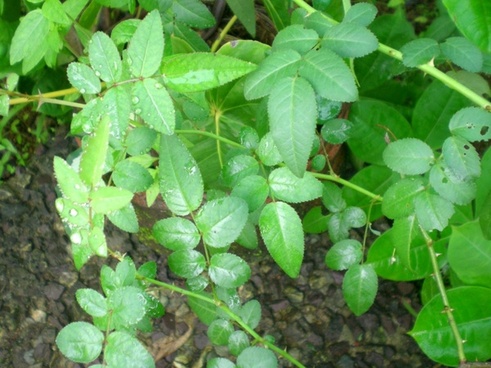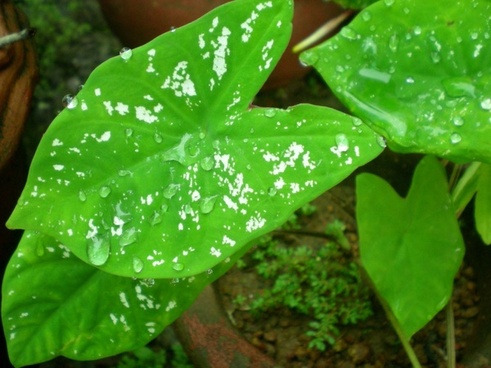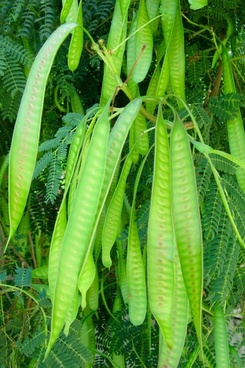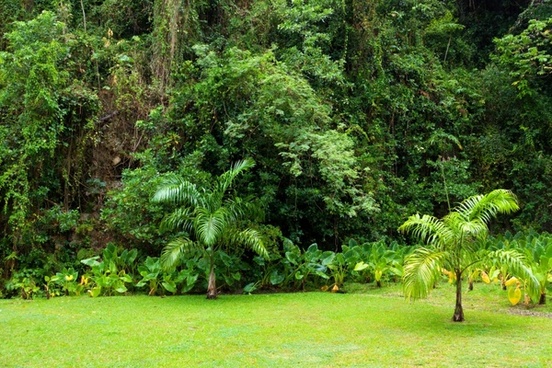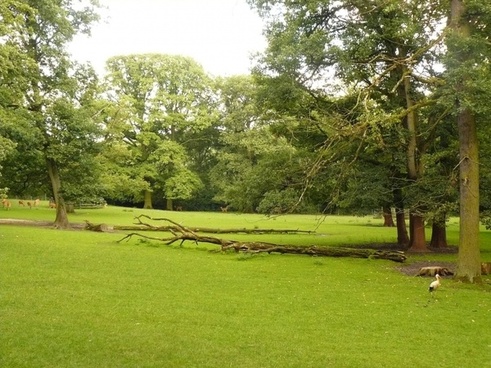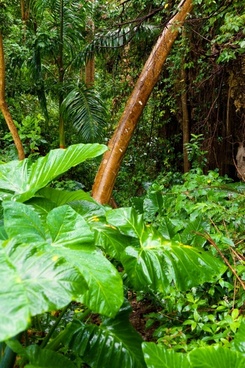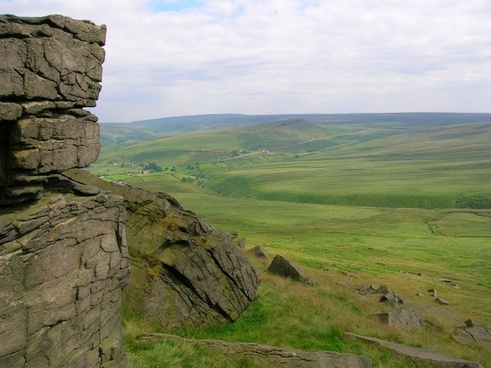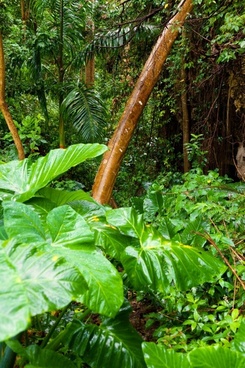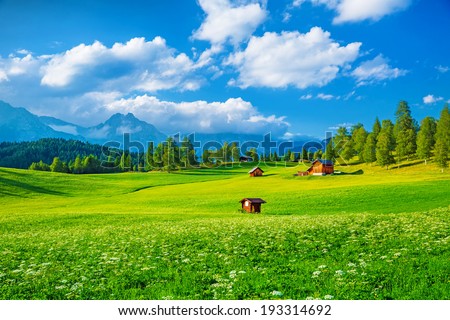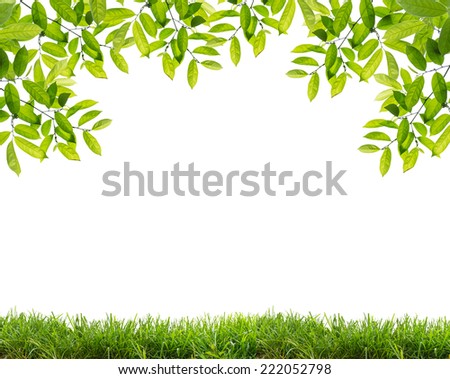ABSTRACT
reservation of nature is an integral part of urban planning. Well maintained greenery contributes
immensely to social, economic, educational and ecological value, provides space for recreation
and personal revitalization, attracts and retains investment for development, reduces noise and sultriness
in summer, and enhances property value.
Mysore is popularly known as a ‘city of palaces and gardens’. The buildings in the city are architecturally
beautiful and are endowed with well-maintained parks, open spaces, boulevards, and fountains. However,
urban expansion is expected to continue unabated. One of the adverse effects of rapid and relative
unplanned growth is heavy encroachment leading to the problem of shrinking green space and Mysore
City Corporation resources are inadequate to fully meet the maintenance and expansion needs of the city’s
green spaces.
Mysore has a total of 316 big and small parks in addition to a large number of institutional open spaces and
avenue plantations. The main objective of cultivation and management of trees is their contribution to the
physical, social and economic well being of the urban community. The city has a few lakes/tanks that add
to the beauty and environmental value of the city. These lakes are popular picnic spots and are frequented
by nature lovers as they attract a number of migratory birds. Mysore also has a theme park – Chamundi
Hill - that is a unique landmark of the city and is a rich heritage site with religious, tourism and ecological
importance.
The measures suggested by this paper include active involvement of the private sector and NGOs,
"
[ [
Z
"
sewage water for irrigation of parks, and protection of natural valleys and drains to increase the capacity
of lakes during monsoon.
 10:19
10:19





